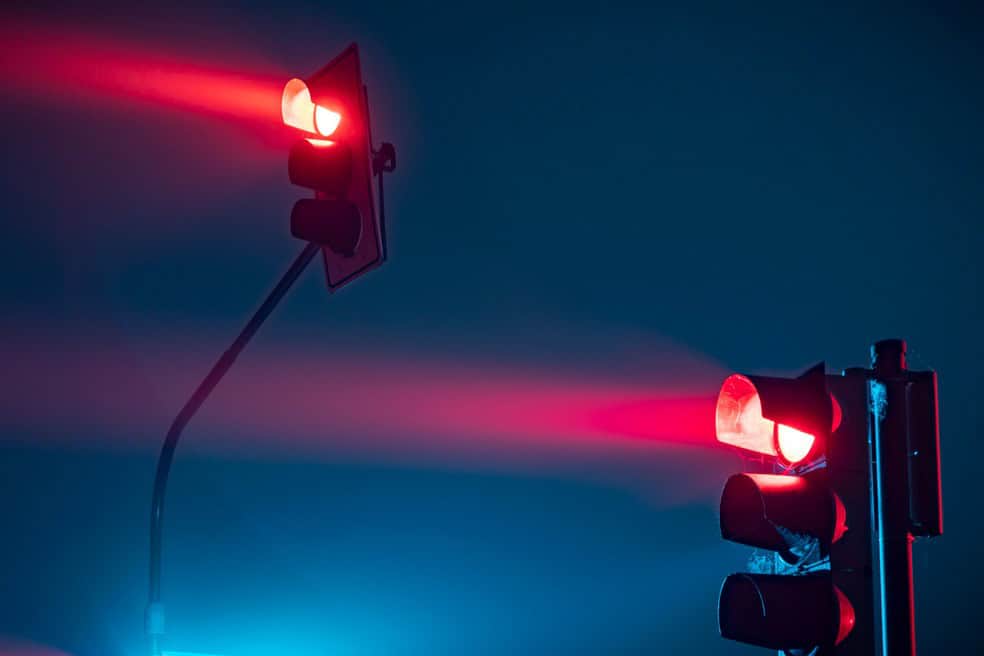
The light turns yellow. You’re two car lengths from the stop line, your foot hesitates. In that split-second moment, you either brake hard or coast through, hoping no one notices. But what happens next can be more than just a jolt of adrenaline—it can be the beginning of a frustrating legal journey.
What counts as a red light violation in Ontario? (The legal definition)
For instance, stopping after the line is still technically a violation, even if your vehicle doesn’t fully enter the intersection. Similarly, turning right on a red light is allowed in many places—but only if you come to a full stop first. Rolling through without stopping remains an infraction.
There’s also a growing distinction between officer-issued tickets and those issued by automated red light cameras . While both are enforceable, their implications differ slightly depending on how the evidence is collected. Still, whether it’s a photo in your mailbox or a roadside stop, the legal result can be the same: you’re accused of having fail to stop at red light , and now you must respond.
The immediate consequences: what really happens after a violation
When a driver is cited for running a red light, the outcome depends on how the infraction was recorded and how the driver responds.
While camera-based notices don’t typically involve personal interaction, an officer-issued ticket includes roadside engagement and official documentation. In either case, your next steps matter. You can choose to pay, challenge, or negotiate an alternative resolution.
Long-term repercussions: how a red light ticket follows you
What begins with a moment of indecision can leave a lasting trace on your driving profile. One of the most frustrating elements for many drivers isn’t the ticket itself—but the long tail of consequences that come afterward.
Driving abstracts , which are often used by employers or insurance providers, can reflect red light convictions. For individuals working in logistics, delivery, or any field involving vehicle use, this can complicate future job opportunities. Employers who review your driving history may interpret such infractions as signs of risk, even if no harm occurred.
Fighting a red light ticket: is it worth it?
Facing a red light ticket can be frustrating, especially when you believe the situation was avoidable—or misunderstood.
There are several legitimate defenses worth considering:
- The signal may have been malfunctioning , blinking, or out of sync.
- Visibility may have been compromised by weather conditions or obstructed signage.
- You may have entered the intersection to avoid a collision or to make way for another vehicle in distress.
In Ontario, drivers have the right to challenge their ticket in court. This usually involves requesting a trial date and appearing before a justice of the peace. While the process can be time-consuming, it also offers the chance to present your side of the story.
Many drivers opt to consult with traffic law professionals, such as paralegals , who are licensed in Ontario to represent individuals in traffic court.
Red light cameras in Ontario: how they work & your legal options
Red light cameras are becoming increasingly common across Ontario’s urban centers. Positioned at intersections with high collision rates, these automated systems activate when a vehicle crosses the stop line after the light turns red.
Unlike officer-issued tickets, camera notices are mailed to the registered owner of the vehicle . This distinction is important—because it means that even if someone else was driving, the notice still arrives under your name.
A common myth is that camera tickets can be ignored if no one physically hands them to you. While they might not affect your driving points, failing to respond can still create complications.
Near-misses & close calls: how to avoid red light violations
Most drivers can recall at least one moment when they barely made it through an intersection—or slammed on the brakes a second too late. These close calls aren’t always caused by recklessness; sometimes, it’s unfamiliar roads, fatigue, or unpredictable traffic patterns.
Still, a few habits can reduce the risk of red light infractions:
- Anticipate light changes : Scan traffic signals ahead and avoid last-minute decisions.
- Observe the “point of no return” : If you’re too close to the line when the light changes, it’s often safer to proceed than to stop abruptly.
- Adapt to conditions : Rain, snow, and glare can change how quickly you react. Slow down when visibility or road grip is compromised.
Special cases: emergency vehicles, faulty signals & unusual intersections
Traffic law in Ontario also allows for exceptions under specific circumstances. Knowing these can protect you from unfair penalties.
If an emergency vehicle is approaching with sirens or flashing lights, you may legally clear the intersection—even during a red signal—as long as it’s safe. However, hesitation or sudden moves can lead to misinterpretation, so exercise caution.
In cases where a traffic light is not working —blinking or completely dark—the intersection should be treated as a four-way stop. This often confuses drivers, especially at less familiar intersections.
One red light. One moment. And suddenly, a decision you barely remember becomes part of your driving history.
In Ontario, the system around red light violations is built on legal clarity—but also human behavior. Understanding the law, acting deliberately, and staying alert can help you avoid a cascade of consequences. When mistakes do happen, knowing your rights and seeking support if needed can make all the difference.





